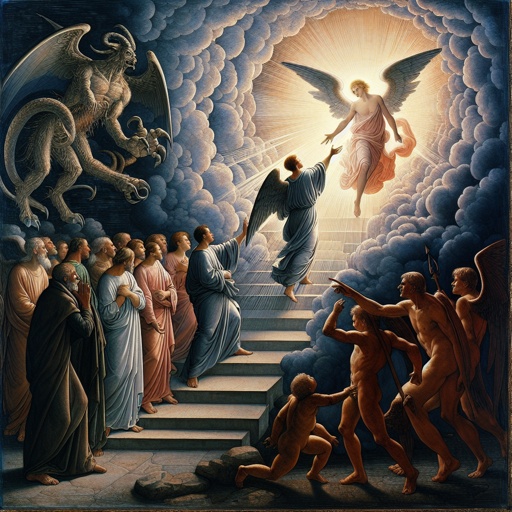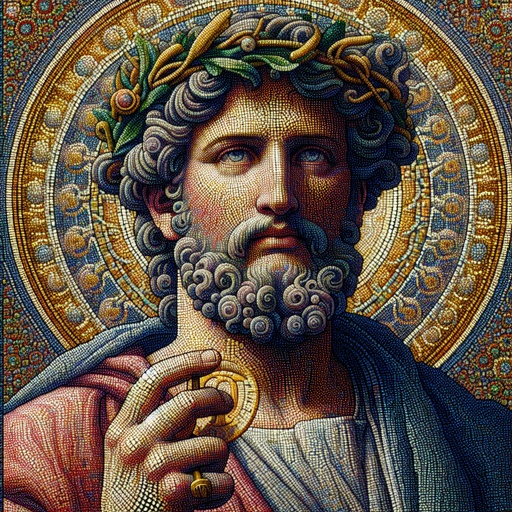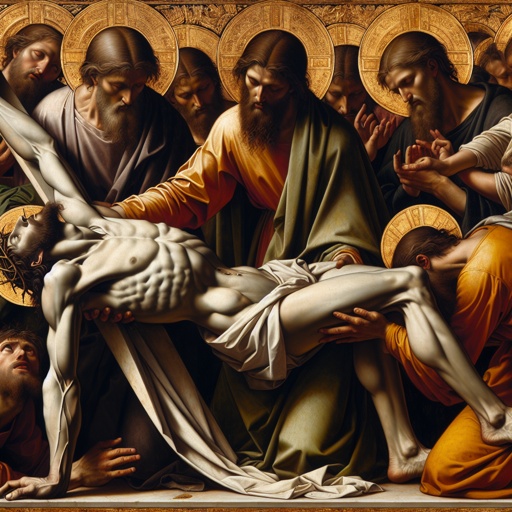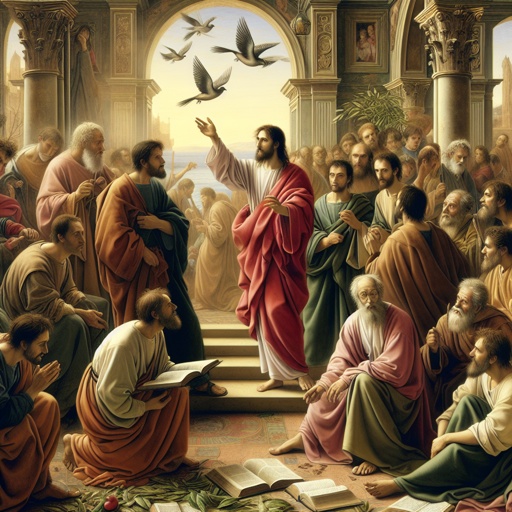
Conjure an image of a divine figure with open arms signifying a warm welcome or acceptance. Emphasize on the fine details that echo the precision and allure of the Renaissance era, while also radiating a feeling of respect and devotion to Christianity. The figure could possibly be surrounded by an aura of light, symbolizing divine power, in a setting that is typical of a Renaissance artistic piece. Characters interacting with the divine figure should convey feelings of reverence and adoration. Do not include any text or words in the representation.
See More Artwork

Anointing of the elderly. Asian person. Anointing on the forehead. Signing a cross on the forehead.

Mass for the sick and elderly

I can do anything through Christ who strengthens me.

God speaking life into dry bones

Ezekiel 37:7

valley of dry bones

isaiah 60:6

Isaiah 60:6 - "The multitude of camels shall cover thee, the dromedaries of Midian and Ephah; all they from Sheba shall come: they shall bring gold and incense; and they shall shew forth the praises of the LORD."

A line of slaves of all backgrounds willingly accepting a brand on their right hand or forehead, while a small number of impoverished people refuse to accept the brand

Ps 98:1

Psalm 98:1

Psalm 98:1

Psalm 98:1

Psalm 98:1

Revelation 13:16-17

Mark of the Beast

Mark of the Beast

Mark 16:20

Mark 16:20

Mark 16:20

Mark 16:20

Mark 16:20

Judges 16:12 - "Delilah therefore took new ropes, and bound him therewith, and said unto him, The Philistines be upon thee, Samson. And there were liers in wait abiding in the chamber. And he brake them from off his arms like a thread."

Psalm 98:1

Psalm 98:1

Psalm 98:1

Psalm 98:1

Psalm 98:1

Psalm 98:1

Psalm 98:1